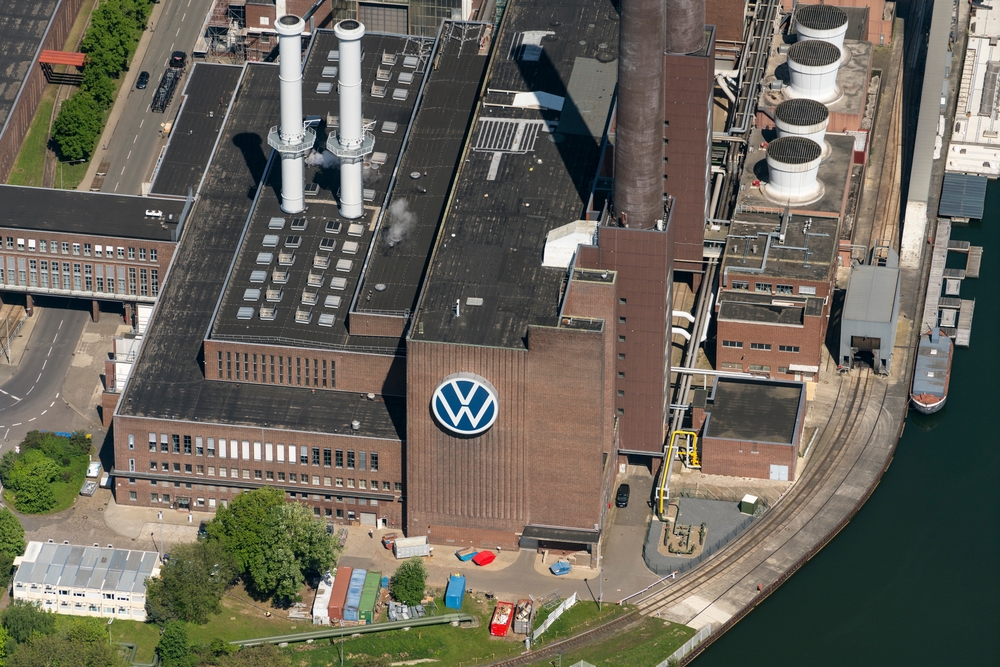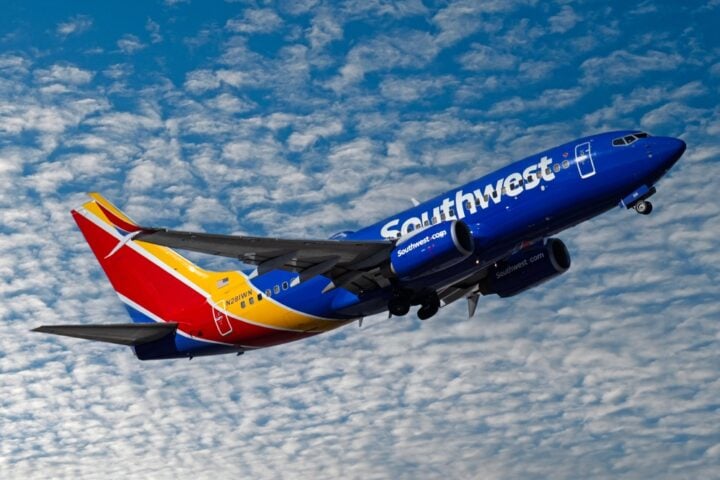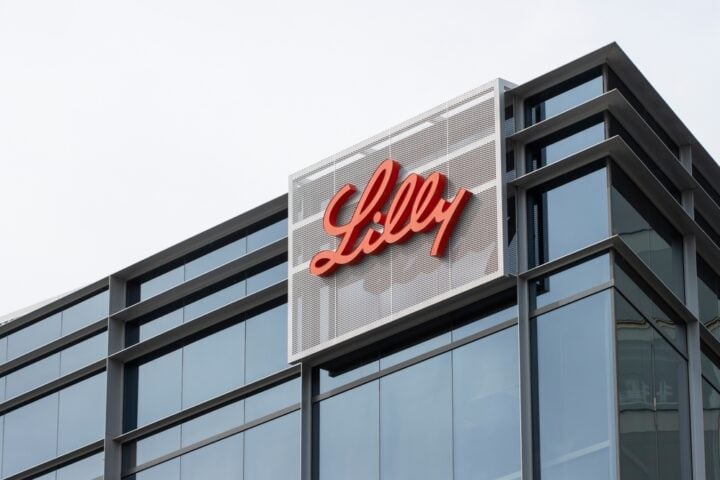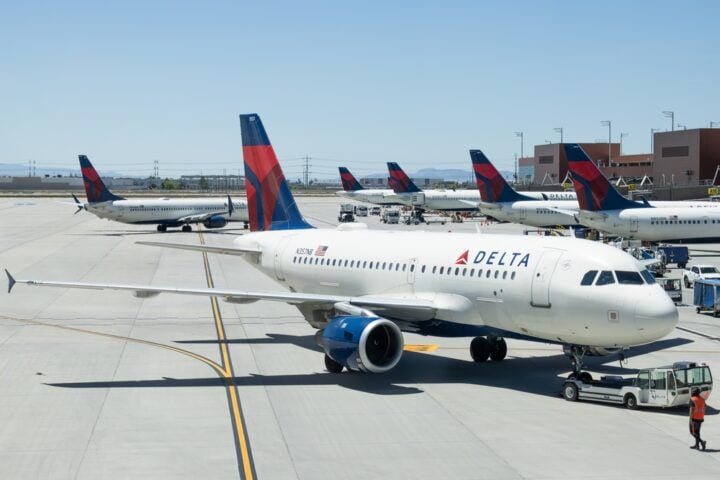Volkswagen (VW) is edging closer to an agreement with labor representatives after months of tense negotiations over wages, jobs, and plant operations. These discussions, which began in September, mark the company’s longest-ever labor talks and could reshape the future of Europe’s largest automaker as it faces intensifying competition and declining demand.
Months of Labor Strikes and Cost-Cutting Pressure
The stakes are high for Volkswagen, which has already seen 100,000 workers participate in unprecedented strikes over the last month. These protests were sparked by plans to cut wages, reduce production capacity, and possibly close some German plants.
The automaker is under immense pressure to slash billions of euros in costs to remain competitive against cheaper Chinese rivals and to address the slower-than-expected adoption of electric vehicles. Proposals on the table reportedly include selling the Osnabrück plant and repurposing or shuttering the Dresden facility.
Draft Deal Nears, But Uncertainty Lingers
Sources close to the negotiations indicate that a draft proposal has been developed. However, the deal could still falter if either Volkswagen’s board or the workers’ commission rejects it.
“We are getting closer,” one source noted, while another cautioned, “We can still make a wrong turn on the home stretch.”
The ongoing discussions have taken over a no-frills business hotel in Hanover, where representatives from both sides have engaged in over 60 hours of talks. Negotiators have worked tirelessly, fueled by coffee and snacks, with moments of reprieve spent playing cards to decompress.
Volkswagen’s Structural Challenges
Volkswagen’s governance structure adds complexity to these negotiations. The company’s 20-member supervisory board, which includes 10 labor representatives, must approve any decision involving plant closures or relocations. This dynamic has historically empowered unions to block sweeping cost-cutting measures, as seen during the tenures of former executives Herbert Diess and Bernd Pischetsrieder.
CEO Oliver Blume, a Volkswagen veteran, has maintained better relations with labor unions but faces mounting pressure to deliver cost reductions. UBS analysts estimate that at least 30,000 job cuts would be needed to meet VW’s target of a 6.5% operating profit by 2026.
Strikes as a Bargaining Tool
IG Metall, the powerful union leading the strikes, has shown its influence. Analysts suggest that each strike day could cost Volkswagen up to €100 million in revenue and €20 million in operating profit. With the company’s top shareholder, Porsche SE, warning of potential €20 billion impairments on its 31.9% stake in VW, the stakes for resolving the labor dispute have never been higher.
Political and Economic Backdrop
The crisis comes during a period of broader uncertainty in Germany, with sluggish economic growth dominating the political agenda ahead of February’s snap elections. Chancellor Olaf Scholz, trailing in the polls, has urged Volkswagen to avoid plant closures, amplifying the political stakes of the negotiations.
What’s Next for Volkswagen?
A resolution to these talks could bring much-needed clarity to Volkswagen’s workforce before the holiday season. However, a compromise without significant structural changes might not satisfy market expectations.
As the clock ticks toward the planned press conferences by Volkswagen and IG Metall, the automotive giant finds itself at a pivotal moment, balancing the demands of a competitive global market with its responsibility to its workers.







